I have a fan motor which is a permanent split phase single phase capacitor motor: http://uk.rs-online.com/web/p/axial-fans/2781543/
I currently control this fan's speed with the following controller: http://uk.rs-online.com/web/p/fan-speed-controllers/6685345/?origin=PSF_438361|acc
As you can see the speed-controller is manually controlled by a knob(by hand).
I need to control this fan's speed by a computer software which uses a DAQ board. The DAQ board outputs voltage in 0-10V DC range. So I need to vary the fan speed by a DC input.
Here is the full photo of the controller circuit(They don't share schematics):
As you can see this small controller uses W06 silicon bridge rectifier. The rest of the circuit consists of a diac, resistors, capacitors, a 220K poti, a toroid inductor, a fuse and an adjustable component(next to +MIN SPEED and I couldn't figure out what it is). UZ and U goes to the fan. N, L and PE are for the AC mains input.
There is a triac-like component in the copper side. Here is the other side of the circuit:
First thing confused me was that there is only bridge rectifier without a triac and I'm wondering how this works without any PWM signal? And what happens when the potentiometer is turned? Here is a short video when I turn the poti(I can only show the upper part of the voltage since the scope cannot plot all): https://sendvid.com/5xr3yn4l The scope shows the voltage between motor's terminals(UZ and U). As you can see the freq. remains constant but the waveform changes and the RMS value of the voltages also changes(I checked with a voltmeter).
I was planning to interact with this circuit for my aim(to control it with a DC voltage input), but it seems not an easy task.
Either I need to build a new circuit or buy another controller. I couldn't find any speed-controller in the market for my case where one can control this AC fan with a DC input in 0-10V range. I think I need something like a dimmer which is controlled by a DC input and can supply this fan motor.
I would be glad to hear some circuit suggestions or any such controller in the market. If I need to build one, do I really need a uC for this purpose?
